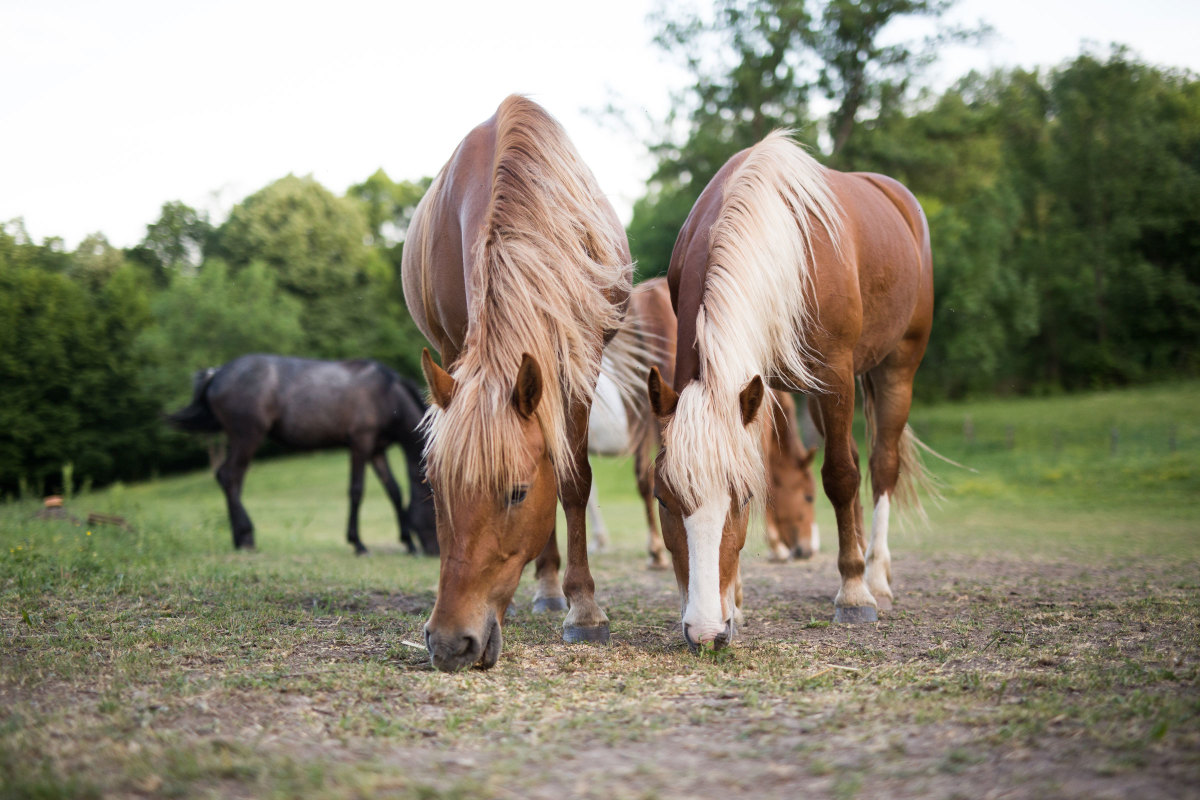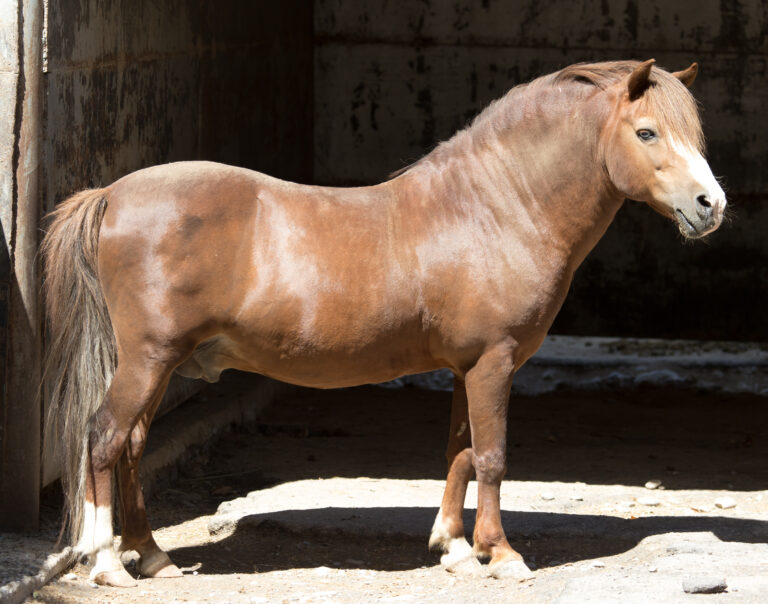
Through the years of veterinary school, the hours of licensing examinations and the years of continuing education, we repeatedly are working on—and perfecting the science of—our careers. We work hard to understand as much of the research and physiology behind each case as possible so we can put that horse on the path to recovery. Amidst this scientific background and training, there is a second side to veterinary medicine, a side that is often overlooked and can be difficult to understand: the art of equine practice.
Each case that we approach as veterinarians has a clinical science background that must be understood and incorporated in our treatment plan. This clinical science becomes complicated by a myriad of factors that must be considered to create a treatment plan that works. These factors can include housing situations for the horse, the financial constraints of the client or the ability of the client to follow the treatment plan. Each of these factors alters our ideal scientific plan for treating the horse and must be meshed together to create a truly functional plan. It is in this meshing that the art of practice takes over.
As young veterinarians, understanding and beginning to adapt to this art can be a challenge. Having just come from a strong science-based training, it is much easier for us to stick to what we know must be done by creating routines that are effective, if not always functional. We know how to suture a wound, how we want a bandage to sit, how often it should be changed and how the horse should be confined or exercised. What we must learn is how we can make alterations to that plan.
When that horse with the wound paces in a stall but stands quietly in a paddock with friends, can we adjust our plan? Or when the horse needs antibiotics but the owners cannot get the medications into him, what do we do? Young practitioners must not only learn how those alterations will affect the course of healing but, more importantly, how those alterations can be used to achieve the goal.
Ultimately, the art of veterinary medicine is about achieving balance with all parties involved with a case—from the horse to the owners to even us, as the veterinarians. When we begin to understand and apply the creative side of our minds toward achieving that balance, it becomes easier to find a path through the murky waters of a case. This development of our individual art of practice will serve to create a more fluid and adaptable brand of medicine. As we continue to learn and grow on our paths through our early careers, it will become clearer that the “art” and the “science” of veterinary medicine are not the opposite concepts we once believed.
Zach Loppnow, DVM, is an associate veterinarian at Anoka Equine Veterinary Services in Elk River, Minnesota. He is a recent graduate of the University of Minnesota and a former National VBMA executive vice president.

![[Aggregator] Downloaded image for imported item #18216](https://s3.amazonaws.com/wp-s3-equimanagement.com/wp-content/uploads/2025/09/30141837/EDCC-Unbranded-8-scaled-1-768x512.jpeg)
![[Aggregator] Downloaded image for imported item #18375](https://s3.amazonaws.com/wp-s3-equimanagement.com/wp-content/uploads/2025/09/30140031/EDCC-Unbranded-26-scaled-1-768x512.jpeg)

